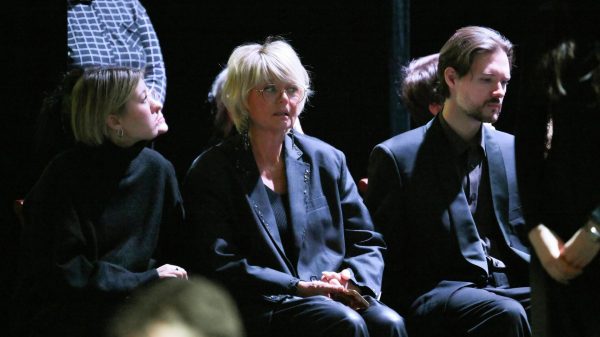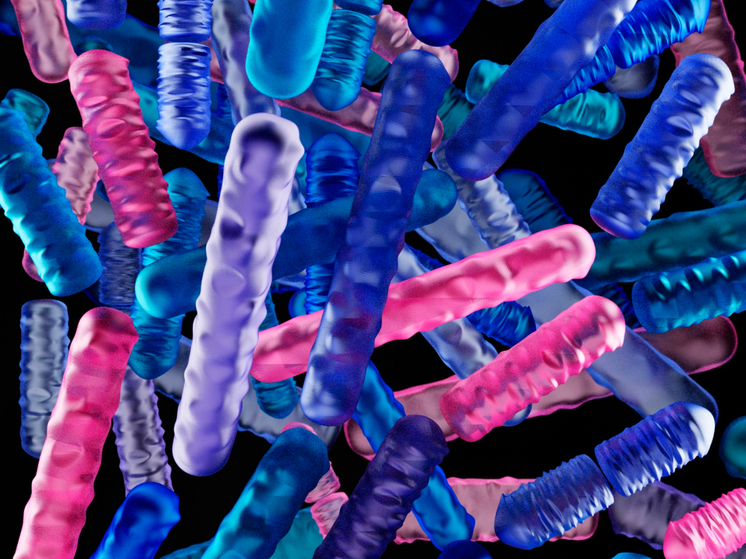Astronomers are confident they can spot a new form of life by the bright hue of plants
In the search for extraterrestrial life, scientists know they are looking for a world that may be very different from Earth's green, plants. It’s difficult to say what exactly the differences are, but our planet gives certain clues. For example, there are organisms that can live in environments that are very inhospitable to most other forms of life on Earth.
 Photo: freepik.com
Photo: freepik.com
A significant portion of Earth's microorganisms contain green chlorophyll for survival or photosynthetic bacteria that thrive in low light conditions, typically colored purple to make maximum use of infrared radiation.
“Purple bacteria can thrive in a wide variety of environments, making them a leading contender for life that could dominate a wide variety of worlds,” says astrobiologist Lija Fonseca Coelho. “They are already thriving on our planet in certain niches. Just imagine if they didn’t compete with green plants, algae and bacteria: the red sun could provide them with the most favorable conditions for photosynthesis.”
The most numerous stars in the Milky Way galaxy that are not like the Sun may be smaller, redder, and emit significantly less heat and light than our own star.
To be clear: up to 75 percent of all stars in the galaxy are red dwarfs, which has scientists speculating about whether life could arise on exoplanets.
The Carl Sagan Institute aims to catalog various life forms and understand what they might look like from afar if humanity observed them on another world.
On Earth, the photosynthetic pigment most commonly found in plants is chlorophyll, which is actually a symbiotic cyanobacteria. They, in turn, were the ancestors of modern plants a long time ago and co-evolved to allow photosynthesis to occur.
Around a star with different lighting conditions, a life form with a completely different hue may become dominant in a similar way, which is why Coelho and her colleagues collected more than 20 species of bacteria that use biopigments called carotenoids to harvest light energy.
These organisms germinate in red and infrared light, using somewhat simpler light-harvesting systems than those seen in plants using bacteriochlorophylls.
The researchers carefully measured the pigmentation of various bacteria and created models of alien worlds with different surface and atmospheric conditions to determine what they might look like. In all cases, the bacteria gave the planet intense hues that could potentially be detected when exploring the galaxy.
Depending on the type of bacteria, carotenoids can give the microbes a more orange, red or brown hue. This means that if rich flora and fauna develop on another world, scientists will be able to detect it.
“We are just opening our eyes to these fascinating worlds around us,” says astrobiologist Lisa Kaltenegger. “Purple bacteria can survive and thrive in such a variety of environments that it’s easy to imagine that in many different worlds, purple might just be the new green.”






















































Свежие комментарии